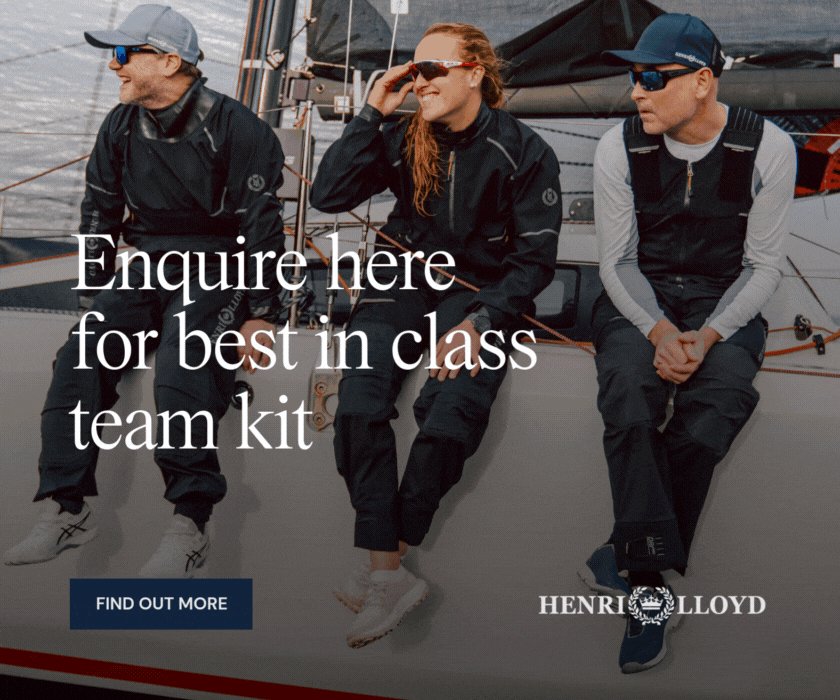
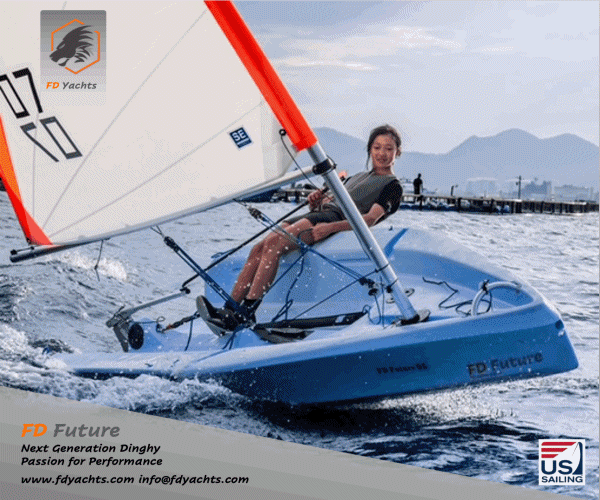
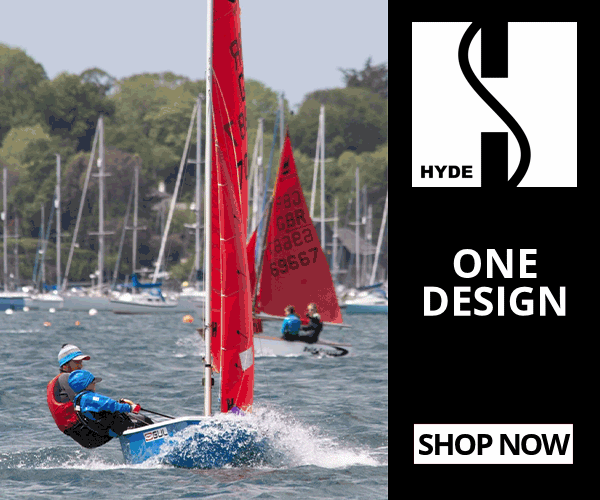


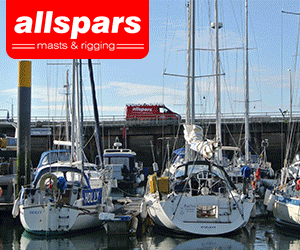

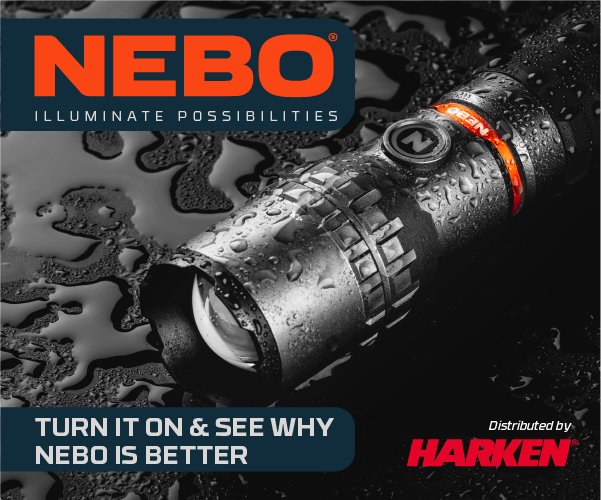
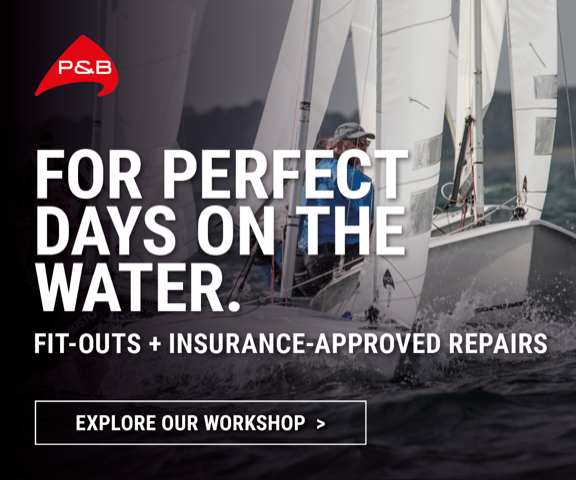
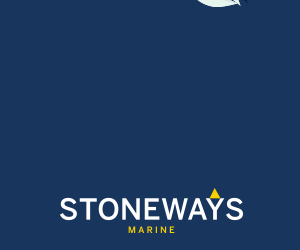

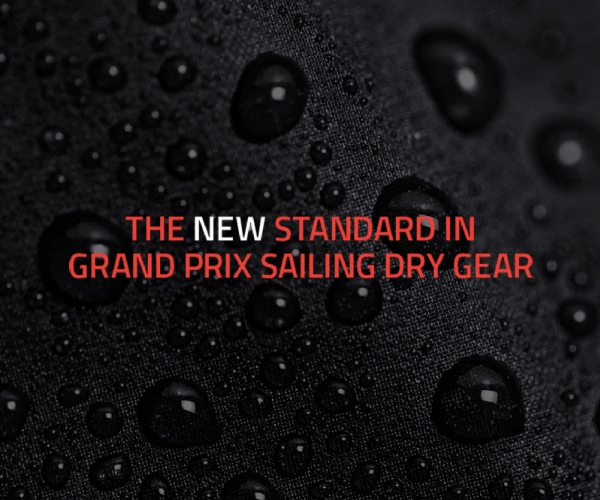
Boats for sale
| Laser 140101 Tynemouth |
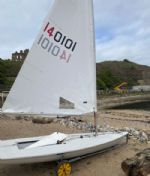 |
| Laser 28 - Excellent example of this great design Hamble le rice |
 |
| Laser 161752 Tynemouth |
 |
List classes of boat for sale |
Daggerboards: profiles, planforms, paranoia |
Post Reply 
|
Page 12> |
| Author | ||
Medway Maniac 
Really should get out more 
Joined: 13 May 05 Location: United Kingdom Online Status: Offline Posts: 2788 |
 Post Options Post Options
 Quote Quote  Reply Reply
 Topic: Daggerboards: profiles, planforms, paranoia Topic: Daggerboards: profiles, planforms, paranoiaPosted: 17 Oct 14 at 11:25pm |
|
- white so that you can more easily spot any weed: slower than the slowest planform and section! |
||
 |
||
ChrisB14 
Posting king 
Joined: 29 Oct 13 Location: London Online Status: Offline Posts: 101 |
 Post Options Post Options
 Quote Quote  Reply Reply
 Posted: 17 Oct 14 at 12:25pm Posted: 17 Oct 14 at 12:25pm |
|
|
Dave, good to see that we came to the same conclusions. I did spend some time studying the images of your foils on your blog, though :)
Regarding the dagger case: I have been wondering how best to form the inside to get everything nice and stable, while still being smooth and supporting the board. I have been thinking about using a two-component silicone gasket fit around the board, but fear that would leave too little room for raking it. Alternatively I thought a closed cell foam gasket might do the trick. While I plan to leave the rudder clear, to show off the (hopefully) nice wood core, I will probably be painting the board to allow it to be as smooth as possible while still being able to take the odd bump or scratch.
|
||
|
B14 GBR 748 Bullet B
In build: Farr 3.7 GBR 410 (both sail number and the current number of loose parts) |
||
 |
||
Dave.B 
Newbie 
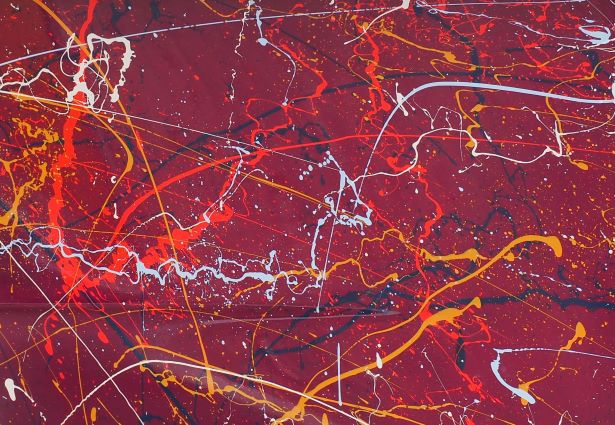
Joined: 03 Mar 09 Online Status: Offline Posts: 38 |
 Post Options Post Options
 Quote Quote  Reply Reply
 Posted: 14 Oct 14 at 9:00pm Posted: 14 Oct 14 at 9:00pm |
|
|
Hi Chris,
It's interesting that I went through the same dilemmas for my Farr, but ended in similar decisions. I settled for NACA 0009 daggerboard and 0012 rudder. They seem to work ok, although when I get round to it I'll do need to refinish the daggerboard as a season of use and an imperfect case means it's looking a bit shabby now. I think we'll need to use slot gaskets on the Farr's as the tapered case results in gushers of water through when planning Dave 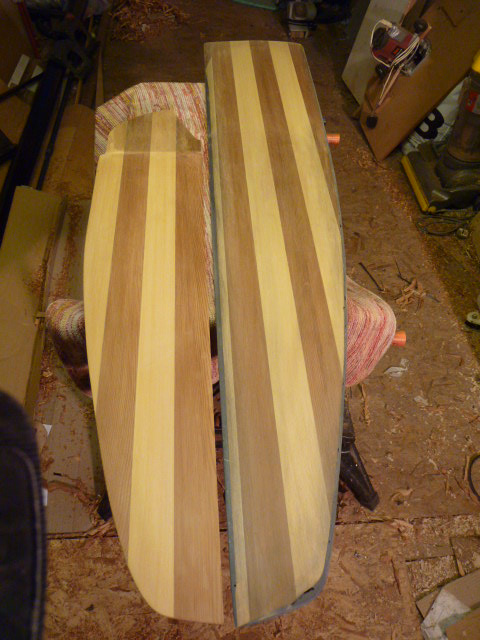
|
||
|
H2 148
H2 113 RS300 365 Farr 3.7 397 Build Blog http://davesfarr37project.weebly.com/ |
||
 |
||
ChrisB14 
Posting king 
Joined: 29 Oct 13 Location: London Online Status: Offline Posts: 101 |
 Post Options Post Options
 Quote Quote  Reply Reply
 Posted: 14 Oct 14 at 5:27pm Posted: 14 Oct 14 at 5:27pm |
|
|
Thanks guys – lots of really helpful comments and reading suggestions! It took me a bit of time to follow up on all the recommendations (work ... constantly distracts us from the important things in life), but I definitely wanted to reply. Looking over the responses, it seems clear that there seems to be little point in trying laminar profiles. So the NACA sections (0009 for the board and 0012 for the rudder) will almost certainly be what I end up going for.
And yes: I expect to go through several repeats of the process. Still looking around to see if I can get some easy access to a CNC system to form the blank properly. The first one will be a job for good templates (laser cut) and a handheld router.
|
||
|
B14 GBR 748 Bullet B
In build: Farr 3.7 GBR 410 (both sail number and the current number of loose parts) |
||
 |
||
Riv 
Far too distracted from work 
Joined: 23 Nov 13 Location: South Devon Online Status: Offline Posts: 353 |
 Post Options Post Options
 Quote Quote  Reply Reply
 Posted: 12 Oct 14 at 9:29pm Posted: 12 Oct 14 at 9:29pm |
|
|
Nice little story from Sailing Anarchy:
Yacht designer lives by a marina and knows an engineer living on a boat. He goes down to ask him to do some structural calculations on a keel for him, it turns out he actually is a rocket engineer/scientist He gives the engineer the data and goes back to his office. A few days later the engineer comes back "can't do it......too many variables". As a pevious poster said, make what you can make well. Try it out, if it don't work make another. Design, make, review. |
||
 |
||
craiggo 
Really should get out more 

Joined: 01 Apr 04 Location: United Kingdom Online Status: Offline Posts: 1810 |
 Post Options Post Options
 Quote Quote  Reply Reply
 Posted: 12 Oct 14 at 7:46pm Posted: 12 Oct 14 at 7:46pm |
|
|
I think an 0009 section would be perfect.
If you do want to go thicker, then one way to achieve it even with your limitation on the 22mm case is to taper the board such that you get a 12% t/c some short distance along the span, and then hold the 12% thickness out towards the tip. It'll take a bit more work with templates but is doable. A reasonable alternative to the NACA section is the Selig 9032 which has a higher L/D but a narrower operating window. |
||
 |
||
Glitcher7 
Newbie 
Joined: 27 Oct 12 Online Status: Offline Posts: 23 |
 Post Options Post Options
 Quote Quote  Reply Reply
 Posted: 12 Oct 14 at 6:49pm Posted: 12 Oct 14 at 6:49pm |
|
|
Hi Chris,
My build is still in progress but I made a reasonable amount of progress over the summer and am now filling and fairing the hull (Or at least I will when I get back home from Uni at Xmas) With regards to foils, I am using a 0009 section for the daggerboard and a 0011 section for the rudder. I would have gone for a thicker section for the daggerboard but the daggerboard case ended up being only 22mm thick. This was because the lengths that made up the thickness of the girder were only 22mm thick. If you haven't made up the girder yet then I would suggest trying to pack this up with filler to get a thickness closer to 24mm (Max. thickness in the class rules AIUI) at that point. I had originally planned to make a foam core board but I thought 22mm was too narrow to do this easily. Instead I am using spruce. In terms of planform, I agree that a reasonable amount of rake is fast with the 3.7 because the rig has a fair amount of rake. Having looked at a few aeroplane wings that are swept back I noticed that they almost all have tip that is parallel to the centre line. I was also planning on using virtually no fore-aft taper because I want to get maximum power out of the rig (I have gained a reasonable amount of weight since I started the build!). I think that turbulent 00XX sections are the way to go with the 3.7 because it is so twitchy and hence angle of attack can vary quite a lot as the helm corrects for gusts, waves etc. As I understand it you need to have a fairly perfect finish to keep flow attached long enough for laminar sections to really come into their own. There are some resources on the NZ website for foil design as well which are oldish but the physics haven't changed. Regards and good luck, Max D |
||
 |
||
jeffers 
Really should get out more 

Joined: 29 Mar 04 Location: United Kingdom Online Status: Offline Posts: 3048 |
 Post Options Post Options
 Quote Quote  Reply Reply
 Posted: 12 Oct 14 at 7:50am Posted: 12 Oct 14 at 7:50am |
|
The D-Zero foils are very nice indeed. They certainly look right and you get very little if any 'noise' at planing speed and the rudder is nice and light and responsive. If you spoke to Rodney @ Suntouched or Dan Holman they might be able to give you a few pointers. They both hang around here so find them in the users list and drop them a PM. Failing that find your nearest D-Zero owner and go and take a look (there are quite a few in Cambs, myself included if you are local).
|
||
|
Paul
---------------------- D-Zero GBR 74 |
||
 |
||
Medway Maniac 
Really should get out more 
Joined: 13 May 05 Location: United Kingdom Online Status: Offline Posts: 2788 |
 Post Options Post Options
 Quote Quote  Reply Reply
 Posted: 11 Oct 14 at 11:57pm Posted: 11 Oct 14 at 11:57pm |
|
Looking at the Farr 3.7 photos, I see that the boards appear to be rakeable - i.e. the tip will be at all sorts of angles to the free stream flow at different times. In that case I'd definitely go for a sharp tip edge for a clean flow off the edge when the board is raked. I also read, however: "some guys have made boards that don't get slimmer with depth, and are not raked... and they have gone well in all conditions. ". That would firm up my resolve to use a board with parallel leading and trailing edges (i.e. no taper, and just one well-made section profile template), though I'd still go for sharpening the tip edge as you may well end up raking the board at some stage and the penalty when using it unraked will be minimal, if even measurable.
|
||
 |
||
davidyacht 
Really should get out more 
Joined: 29 Mar 05 Online Status: Offline Posts: 1345 |
 Post Options Post Options
 Quote Quote  Reply Reply
 Posted: 11 Oct 14 at 7:50pm Posted: 11 Oct 14 at 7:50pm |
|
|
Google Bransford Eck 505, the two PDF articles give.you plenty to consider.
Gutelles book on yacht design is a pretty good reference. I would go for the 4 digit section. Avoid laminar sections, it is unlikely that you will be able to manufacture a foil to the required accuracy, and unlikely that you will be able to consistently sail in the bucket. If you have access to Autocad it should be possible to draw out an elliptical section, which you could tweak to have a parallel top to be stable in the box. The classic Spitfire wing is proven and is used in Merlins (well used to be) but bear in mind this is a rotating centreboard. Don't go too flat or too small with the rudder, my guess is that the boat won't be in equilibrium all of the time, so you don't want the rudder to stall, and I guess that might want to make big adjustments to control the boat.
|
||
 |
||
Post Reply 
|
Page 12> |
| Forum Jump | Forum Permissions  You cannot post new topics in this forum You cannot reply to topics in this forum You cannot delete your posts in this forum You cannot edit your posts in this forum You cannot create polls in this forum You cannot vote in polls in this forum |
Bulletin Board Software by Web Wiz Forums® version 9.665y
Copyright ©2001-2010 Web Wiz
Change your personal settings, or read our privacy policy
Copyright ©2001-2010 Web Wiz
Change your personal settings, or read our privacy policy












 Printable Version
Printable Version Delicious
Delicious Digg
Digg Facebook
Facebook Furl
Furl Google
Google MySpace
MySpace Newsvine
Newsvine reddit
reddit StumbleUpon
StumbleUpon Twitter
Twitter Windows Live
Windows Live Yahoo Bookmarks
Yahoo Bookmarks Topic Options
Topic Options